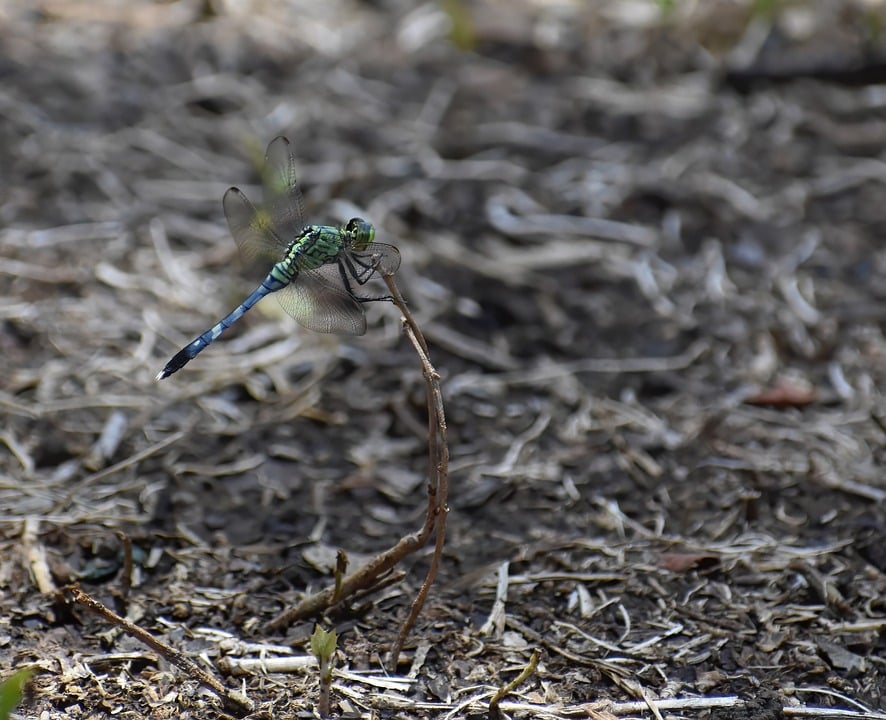[ad_1]
In today’s world, the environmental impact of various industries is a growing concern. One such industry that often goes overlooked is horseshoe production. While the image of a blacksmith hammering away at a hot piece of iron may seem quaint and harmless, the reality is that the process of manufacturing horseshoes has a significant impact on the environment. In this article, we will delve into the environmental footprint of horseshoe production, explore sustainable alternatives, and discuss the future of this age-old industry.
Historical Context of Horseshoe Production
The use of horseshoes dates back to ancient times when horses were first domesticated for agricultural and transportation purposes. The need to protect horses’ hooves from wear and tear led to the invention of the horseshoe, a metal shoe that is nailed to the underside of a horse’s hoof. Initially, horseshoes were made of materials such as bronze, copper, and even leather. However, the advent of iron smelting techniques in the Middle Ages paved the way for the mass production of iron horseshoes.
With the industrial revolution, horseshoe production became more mechanized, leading to increased efficiency and output. Today, most horseshoes are made of steel, a material that is durable and long-lasting but comes with its own set of environmental drawbacks.
Current State of Horseshoe Production
The process of manufacturing steel horseshoes involves several steps, each of which has its own environmental impact:
– Mining of iron ore: The first step in steel production is the extraction of iron ore from the earth. This process involves extensive mining activities that can lead to deforestation, soil erosion, and water pollution.
– Smelting of iron ore: Once the iron ore is extracted, it is smelted in blast furnaces to produce pig iron, the raw material for steel production. This process consumes large amounts of energy and emits greenhouse gases such as carbon dioxide.
– Steel production: The pig iron is then converted into steel through a series of chemical processes that further contribute to air and water pollution.
– Horseshoe manufacturing: The steel is shaped and molded into horseshoes through processes such as forging and welding, which require additional energy and resources.
In addition to the environmental impact of the production process, the disposal of old and worn-out horseshoes also poses a challenge. Steel horseshoes that are no longer usable often end up in landfills, where they can leach harmful chemicals into the soil and water.
Future Predictions and Sustainable Alternatives
As awareness of environmental issues continues to grow, there is a growing demand for sustainable alternatives to traditional horseshoes. One such alternative is the use of recycled materials, such as aluminum and composite plastics, in horseshoe production. These materials are lighter, more durable, and less damaging to the environment than steel.
Another promising development is the use of 3D printing technology in horseshoe manufacturing. 3D printing allows for the production of customized horseshoes that are tailored to the shape and size of each horse’s hoof, reducing waste and improving overall performance.
Furthermore, advances in materials science are leading to the development of biodegradable horseshoes made from natural fibers and resins. These eco-friendly alternatives offer a sustainable solution to the environmental challenges posed by traditional steel horseshoes.
Conclusion
In conclusion, the environmental impact of horseshoe production is a significant issue that deserves attention. As technology advances and consumer demand for sustainable products grows, it is imperative that the horse industry explores alternative materials and manufacturing processes to reduce its carbon footprint.
By embracing recycled materials, 3D printing technology, and biodegradable alternatives, the horse industry can minimize its environmental impact and pave the way for a more sustainable future. As consumers, we can also support these efforts by choosing eco-friendly horseshoes for our horses and advocating for sustainable practices in the industry.
Thank you for taking the time to learn about the environmental impact of horseshoe production and exploring sustainable alternatives. By working together, we can ensure a brighter future for our planet and all its inhabitants.
For further reading on this topic, we recommend checking out the latest research articles and case studies on sustainable horseshoe production. Let’s make a difference together.
[ad_2]
